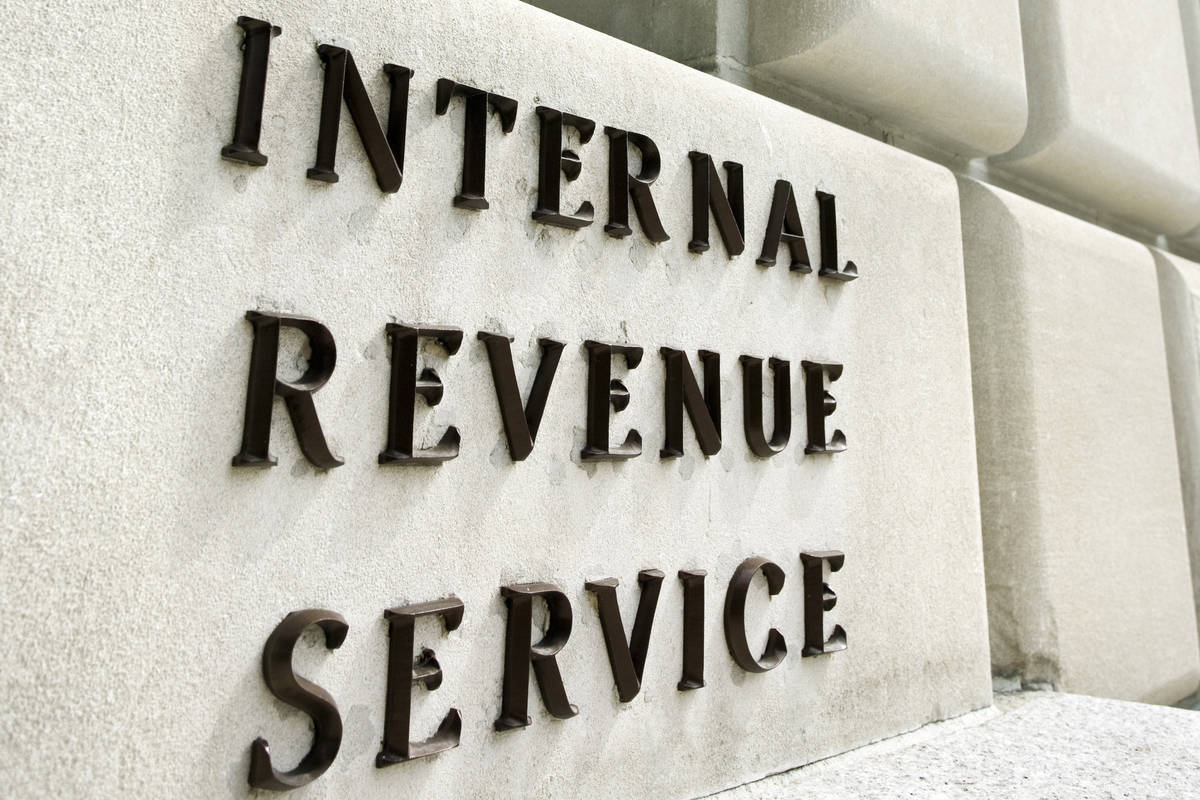
The Internal Revenue Service, the U.S. Department of the Treasury and the Bureau of the Fiscal Service announced Wednesday they are disbursing more than 1.1 million payments in the eighth batch of Economic Impact Payments from the American Rescue Plan.
Today’s announcement brings the total disbursed so far to approximately 164 million payments, with a total value of approximately $386 billion, since these payments began rolling out to Americans in batches as announced March 12.
The eighth batch of payments began processing Friday, April 30, with an official payment date of May 5, with some people receiving direct payments in their accounts earlier as provisional or pending deposits.
In total, this batch includes more than 1.1 million payments with a value of more than $2 billion.
More than 585,000 payments, with a value of more than $1.2 billion, went to eligible individuals for whom the IRS previously did not have information to issue an Economic Impact Payment but who recently filed a tax return.
This batch also includes additional ongoing supplemental payments for people who earlier this year received payments based on their 2019 tax returns but are eligible for a new or larger payment based on their recently processed 2020 tax returns. This batch included more than 570,000 of these “plus-up” payments, with a value of nearly $1 billion.
Overall, this eighth batch of payments contains about 600,000 direct deposit payments with a total value of $1.1 billion, with the remainder on paper payments.
Additional information is available on the first seven batches of Economic Impact Payments from the American Rescue Plan, which processed weekly April 23, April 16, April 9, April 2, March 26, March 19 and March 12.
The IRS will continue to make Economic Impact Payments on a weekly basis. Ongoing payments will be sent to eligible individuals for whom the IRS previously did not have information to issue a payment but who recently filed a tax return, as well to people who qualify for “plus-up” payments.
Although payments are automatic for most people, the IRS continues to urge people who don’t normally file a tax return and haven’t received Economic Impact Payments to file a 2020 tax return to get all the benefits they are entitled to under the law, including tax credits such as the 2020 Recovery Rebate Credit, the Child Tax Credit and the Earned Income Tax Credit. Filing a 2020 tax return will assist the IRS in determining whether someone is eligible for an advance payment of the 2021 Child Tax Credit, which will begin to be disbursed this summer.
For example, some federal benefits recipients might need to file a 2020 tax return – even if they don’t usually file – to provide information the IRS needs to send payments for a qualifying dependent. Eligible individuals in this group should file a 2020 tax return as quickly as possible to be considered for an additional payment for their qualifying dependents.
People who don’t normally file a tax return and don’t receive federal benefits may qualify for these Economic Impact Payments. This includes those experiencing homelessness, the rural poor and others. Individuals who didn’t get a first or second round Economic Impact Payment or got less than the full amounts might be eligible for the 2020 Recovery Rebate Credit, but they will need to file a 2020 tax return. See the special section on IRS.gov: Claiming the 2020 Recovery Rebate Credit if you aren’t required to file a tax return.
The IRS reminds taxpayers that the income levels in this third round of Economic Impact Payments have changed. This means that some people won’t be eligible for the third payment even if they received a first or second Economic Impact Payment or claimed a 2020 Recovery Rebate Credit. Payments will begin to be reduced for individuals making $75,000 or above in Adjusted Gross Income ($150,000 for married filing jointly). The payments end at $80,000 for individuals ($160,000 for married filing jointly); people with Adjusted Gross Incomes above these levels are ineligible for a payment.
Individuals can check the Get My Payment tool on IRS.gov to see the payment status of these payments. Additional information on Economic Impact Payments is available on IRS.gov.